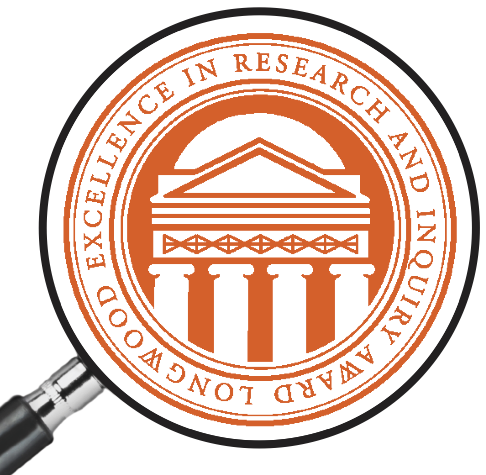I SPI with My WGS Eye: A Salmonella Outbreak
Document Type
Poster
Publication Date
Fall 2021
Abstract
Salmonella is the leading microbial source of foodborne illnesses, making it an important organism for public health studies. By examining trends between Salmonella cases through whole genome sequencing (WGS) and genomic analysis of Salmonella pathogenicity, the occurrences of outbreaks can be prevented. The genetic differences between Salmonella bacteria isolated from the environment and those isolated from clinical cases were investigated by identifying Salmonella Pathogenicity Islands (SPI). Salmonella Pathogenicity Islands are genetic systems which encode the pathogenic mechanisms for interactions with the host. Given that SPIs provide a wide range of possible methods for host-pathogen interactions, there will be a difference in the presence and type of SPIs between environmental and clinical isolates. The National Center for Biotechnology Information database was used to collect data and information on the Salmonella samples. DNA sequence analysis was performed using the Galaxy software package, and the SPIFinder system identified any SPIs present. We report the frequency of SPIs in both environmental and clinical sources of Salmonella bacteria.
Recommended Citation
Kidd, Sophie, "I SPI with My WGS Eye: A Salmonella Outbreak" (2021). Fall Showcase for Research and Creative Inquiry. 171.
https://digitalcommons.longwood.edu/rci_fall/171



Comments
Independent Research